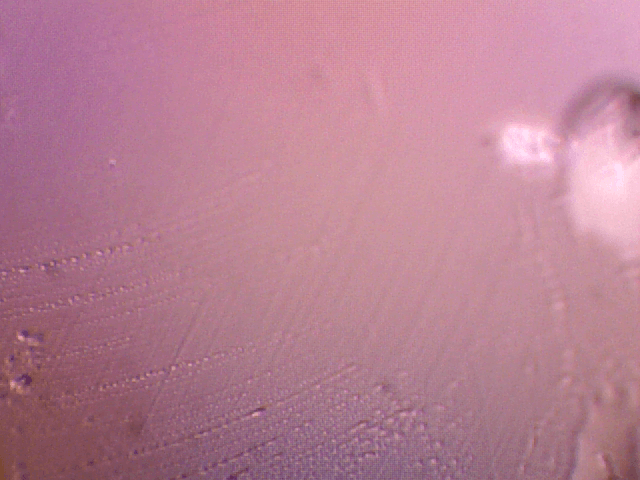How to Find Curved Striae in Synthetic Ruby and Sapphire
Curved striae or lines are a telltale sign of synthetic ruby and sapphire. If you're having trouble seeing them, here are some helpful tips.
1 Minute Read
Answer: Curved striae are sure signs that a ruby or sapphire is synthetic. However, seeing these inclusions can be difficult because the curvature of the lines can be very subtle.
Using a Polariscope to Find Curved Striae in Synthetic Ruby or Sapphire
On several occasions, I've noticed I could find the zoning lines of natural corundum (rubies and sapphires) more easily with a polariscope. Sometimes, these lines aren't easily visible under a standard 10X loupe. If you have a polariscope, try it. It may work for the striae in lab-made ruby and sapphire.
Interested in this topic?
This article is also a part of our Ruby Specialist Mini Course, in the unit Distinguishing Synthetic and Simulant Ruby.
If you don't have a polariscope, you can make a cheap one. And don't be afraid of using your loupe between the polarizing lenses.
A polariscope helps you locate the C-axis of a crystal rather easily. If you use a polariscope to locate the C-axis of a synthetic ruby, for example, then at least you'd expect the lines to be curved if you see them while looking down that axis. If you don't look down the C-axis, you may see straight lines that are actually curved. (Especially if you look at them at an angle perpendicular to the C-axis).
Immersion Method
Additionally, Richard Liddicoat recommended immersing a stone in methylene iodide or bromoform in a jar. This makes it easier to view the striae while using a white sheet of paper under the jar as a background.
Sincerely,
Ryan Young (Hobbyist Gemologist/Mineralogist and Enthusiast)
Using Magnification to View Curved Striae
IGS Members can watch this video by Gem Geek for tips on viewing curved striae under a loupe or microscope.
International Gem Society
International Gem Society
Related Articles
Sapphire Value, Price, and Jewelry Information
Ruby Gemstone Value, Price & Jewelry Insights
Corundum Value, Price, and Jewelry Information
Are Serengeti Rubies Real Rubies?
Latest Articles
Morganite Buying Guide
How Do Amethysts Form?
Rhodizite Value, Price, and Jewelry Information
Pearl Treatments and Enhancements
Never Stop Learning
When you join the IGS community, you get trusted diamond & gemstone information when you need it.
Get Gemology Insights
Get started with the International Gem Society’s free guide to gemstone identification. Join our weekly newsletter & get a free copy of the Gem ID Checklist!
